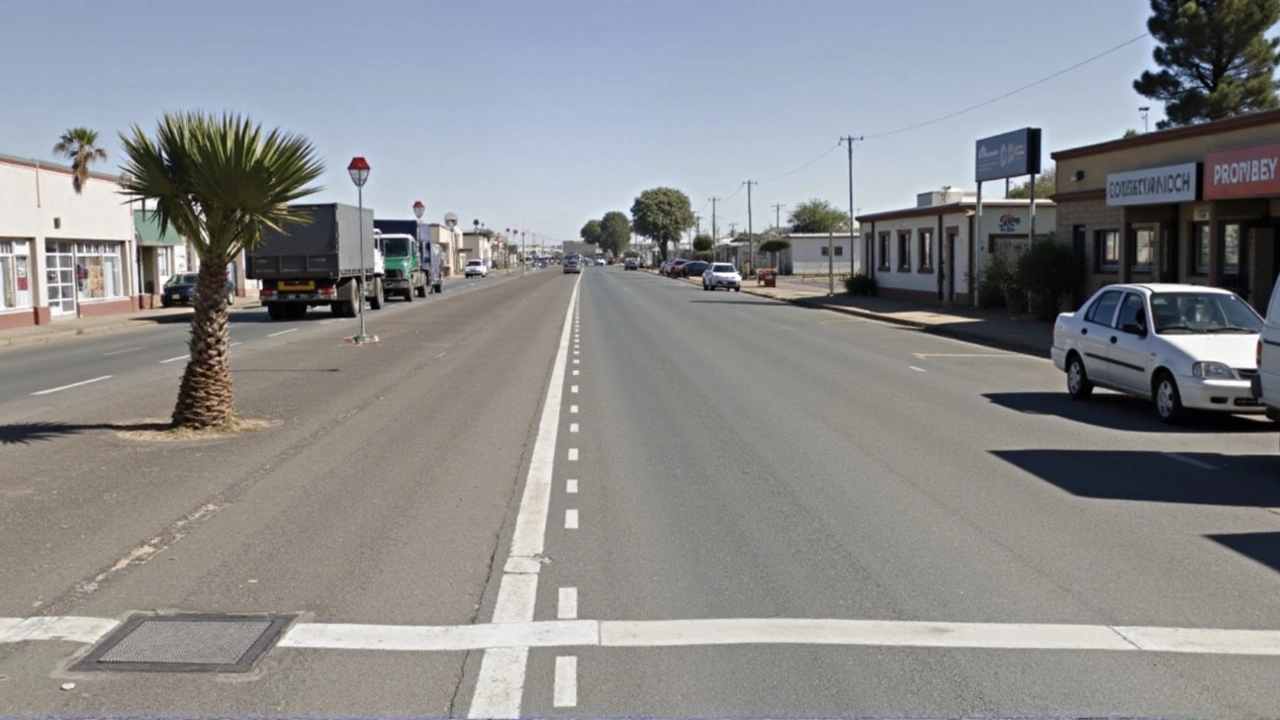You've probably heard the term 'seismic activity' thrown around in news reports or weather updates. But what does it really mean? Simply put, seismic activity refers to the earth's shaking caused by natural events like earthquakes or volcanic eruptions. These movements happen when rocks underground suddenly break or slip along fault lines, releasing stored energy. This energy travels in waves and causes the ground to shake, which we feel as an earthquake.
Seismic activity isn’t just about those big, scary quakes that make headlines. It also includes smaller tremors and aftershocks that follow major events. These less intense movements can sometimes signal a bigger earthquake is coming or help scientists understand what's going on beneath the surface.
Monitoring seismic activity is crucial. It helps people and governments prepare for earthquakes and reduce damage and injuries. Early warning systems, based on seismic data, can give seconds to minutes of notice before strong shaking hits. That might sound short, but in emergencies, those moments can save lives by stopping trains, shutting down utilities, or alerting people to take cover.
Scientists also study seismic activity to learn about Earth's structure. Every quake tells a story about the rocks down below and how the planet’s plates move. This knowledge improves building codes and safety measures in earthquake-prone areas, helping communities stay safer long term.
Living in areas with seismic risk means it’s smart to be ready. Simple steps like knowing how to drop, cover, and hold on during an earthquake can make a big difference. Having an emergency kit with water, food, and essentials is also a good idea.
Understanding seismic activity isn't just for scientists; it's about making smart choices where you live and work. So next time you hear about a tremor or quake on the news, you'll know exactly what's happening underground and why it’s important to be prepared.
Posted by
Siseko Tapile
10 Comments

In the early hours of a Sunday morning, a magnitude 5.3 earthquake rocked the landscape of western South Africa, reaching as far as Cape Town. Situated 101 kilometers west of Brandvlei, the seismic event woke residents and prompted safety assessments. With tremors at a depth of 10 kilometers, the earthquake stirred alarms but, fortunately, left both people and properties largely unharmed.
read more